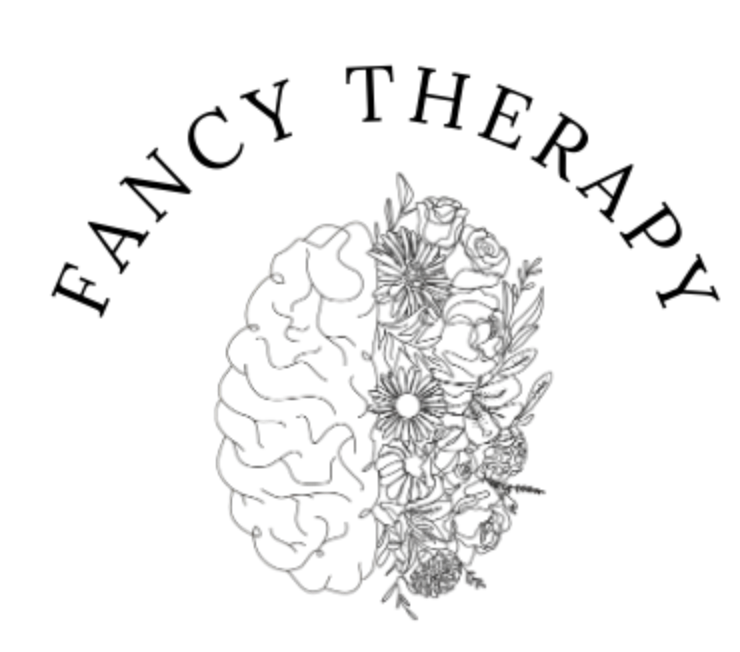Tips for Combating Seasonal Affective Disorder
As the summer begins to wind down and school resumes once more for another year of learning, many of us may start to feel a shift in our moods and productivity, which is commonly referred to as Seasonal Affective Disorder.
What is Seasonal Affective Disorder?
Seasonal Affective Disorder, or SAD, is a specific type of depression that arises from the change to colder months of the year, often lasting five months, or from the beginning of the fall to the start of spring, however, the inverse can also be true. The symptoms of SAD can deplete our energy and make us feel more moody and emotional, which many resort to the “winter blues,” however, there are things that may help to reduce the effects of SAD.
How do I know if I have SAD?
The signs and symptoms of SAD typically start off as mild, but as the temperature changes drastically, the symptoms of SAD can become more troublesome or severe. The symptoms and signs of SAD include:
Feeling sad or down for most of the day, nearly every day
Losing interest in activities that were once enjoyed
Having low-energy or feeling fatigued
Restlessness, pessimism, or feelings of irritability and frustration
Changes in sleeping habits (more or less) and a change in appetite
Difficulty concentrating
Feeling hopeless, worthless, or guilty
Physical aches and pains, including headaches, cramps, or digestive problems
In winter-specific SAD, you may also notice that you are more often oversleeping, overeating (particularly craving carbohydrates), and socially withdrawing from others. Conversely, summer-specific SAD can exhibit additional symptoms including trouble sleeping, poor appetite, restlessness and agitation, anxiety, and violent or aggressive behaviour.
The complications of SAD may include:
Social withdrawal
School or work-based concerns
Substance abuse
Increased severity of other mental health disorders
What does research say?
The specific causes of SAD are unknown, however, there are factors that can come into play when experiencing SAD, including a change to your biological clock (circadian rhythm), a decrease in serotonin levels, and a change in melatonin levels which are related to sleep. Recent studies of winter-specific SAD expressed that the symptoms may be due to reduced levels of serotonin levels in the brain, which works to regulate our moods. Moreover, shorter daylight hours can affect the development of serotonin, as sunlight levels have been found to affect the levels of our serotonin levels. Melatonin, the hormone that allows us to maintain normal sleep-wake habits is also affected, as people with winter-specific SAD may produce too much melatonin which may increase sleepiness and lead to oversleeping. For those with summer-specific SAD, they may be experiencing reduced melatonin levels which may be consistent with the long, hot days and shorter nights that can cause disruptions in our sleep. Both serotonin and melatonin are integral to maintain our body’s daily rhythm, and when they are not working normally, it can cause negative changes to our sleep, moods, and behaviours. I think I may be experiencing SAD.
What do I do?
SAD is most commonly treated through:
Light Therapy
Psychotherapy
Antidepressant medication
Vitamin D
Light therapy and vitamin D have been found to be helpful for treating winter-specific SAD, whereas psychotherapy and antidepressants are commonly used to treat depression in general. Light therapy works to expose individuals with SAD to a bright light to make up for the lack of natural sunlight in darker months of the year. The individual will sit in front of a bright light box every day for approximately 30-45 minutes, usually first thing in the morning. The light works to filter our damaging UV light, making it a safe and effective treatment option for individuals with SAD. Helpful tip: You can find many different light boxes online that can be used at home!
Psychotherapy is another beneficial method for working through SAD. Cognitive behavioural therapy (CBT) is a widely used therapeutic approach that aims to help people challenge and change their unhelpful thoughts and behaviours. CBT-SAD-based interventions focus on replacing negative thoughts about the season, such as the cold and darkness of winter, or the inescapable heat of the summer, and works to integrate more positive thoughts and activities.
Antidepressants are commonly used to treat depression, but can also be effective for supporting SAD when used alone or in combination with psychotherapy. Antidepressants take time to fully work, but it has been found to improve problems with sleep, appetite, concentration, and moods. As SAD is associated with disturbances in serotonin levels, antidepressant medications called selective serotonin reuptake inhibitors (or SSRI’s) are sometimes used to treat the symptoms of SAD. However, it is important to know that beginning to take antidepressants is a personal decision, and should be spoken about with your doctor, psychotherapist, or psychiatrist for more information.
Vitamin D supplements have also been found to benefit SAD, as many individuals with winter-specific SAD are experiencing a deficiency in vitamin D. It is important to consult with your doctor before taking vitamin D supplements, as it can interact with other medications. It is also helpful to continue taking care of your general health and wellness, including regular exercise, getting enough sleep, healthy eating, staying active, and connecting with others.
More information on SAD can be found here:
https://www.mayoclinic.org/diseases-conditions/seasonal-affective-disorder/ symptoms-causes/syc-20364651
https://www.nimh.nih.gov/health/publications/seasonal-affective-disorder#:~:text=SAD %20is%20a%20type%20of,pattern%20versus%20summer%2Dpattern%20SAD.
https://www.camh.ca/en/health-info/mental-illness-and-addiction-index/seasonal- affective-disorde




